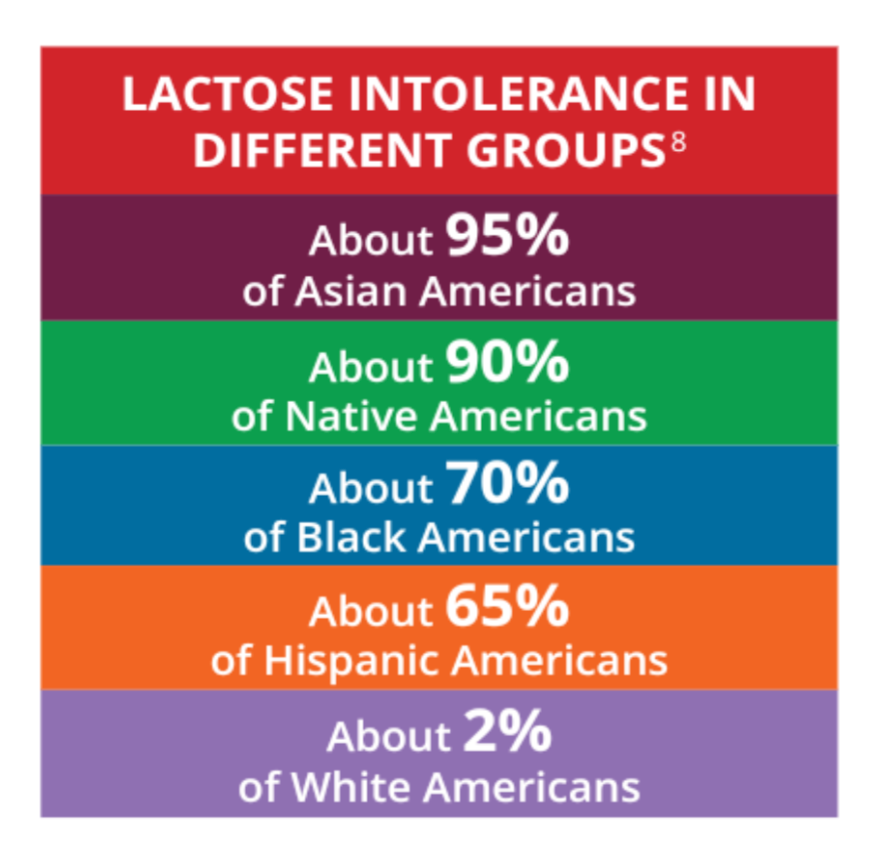Country-specific estimates can be found in a large table at Lactose Intolerance by Country (Britannica ProCon). This article is based on this paper: Country, regional, and global estimates for lactose malabsorption in adults: a systematic review and meta-analysis by Storhaug, Fosse & Fadnes, Lancet Gastroenterol Hepatol. 2017 Oct;2(10):738-746.
United States: 36%; United Kingdom (UK): 8%; India: 61$; China: 85%;
Britannica Procon: As per the article Lactose Intolerance by Country (Britannica ProCon), 61% of India experiences lactose intolerance.
News report: Lactose tolerance in the Indian dairyland (2011; U Chicago Medicine) is a fascinating behind-the-scenes story of this research paper: Herders of Indian and European Cattle Share Their Predominant Allele for Lactase Persistence by Irene Romero et al, Molecular Biology and Evolution, Volume 29, Issue 1, January 2012, Pages 249–260.

In 2018, American Medical Association (AMA) passes Resolution D-440.978 asking USDA to clearly say that meat and dairy are optional in USDA Dietary Guidelines. Full text of the resolution:
(5 mins) Transcript. Dr Greger's summary: "Neurotoxin contamination of the dairy supply doesn't explain why the association between Parkinson's and skim milk consumption is as strong as the disease's association with whole milk."
At offset 8:46 of this video, Dr Mills shows a slide that says that 90% of Asian Americans, 70% of African Americans, 74% of Native Americans, 53% of Hispanic Americans and 33% of Caucasian Americans are lactose intolerant.
Dr Josh Cullimore expresses several concerns with dairy products including lactose intolerance.

 Instagram
Instagram YouTube
YouTube